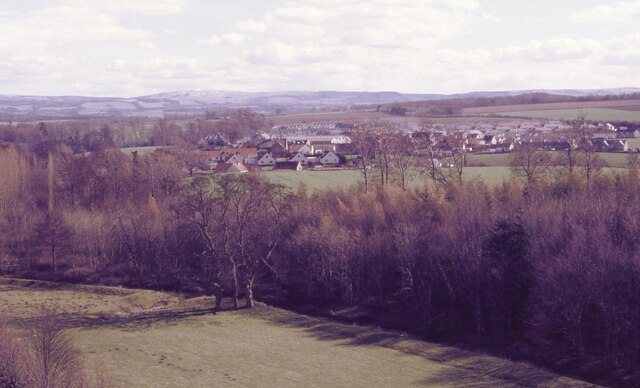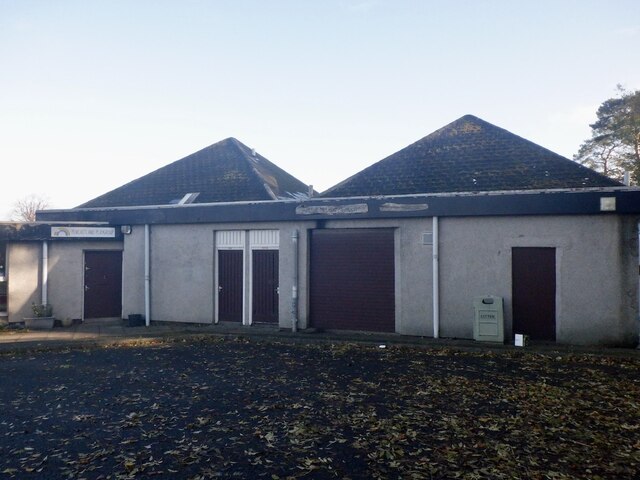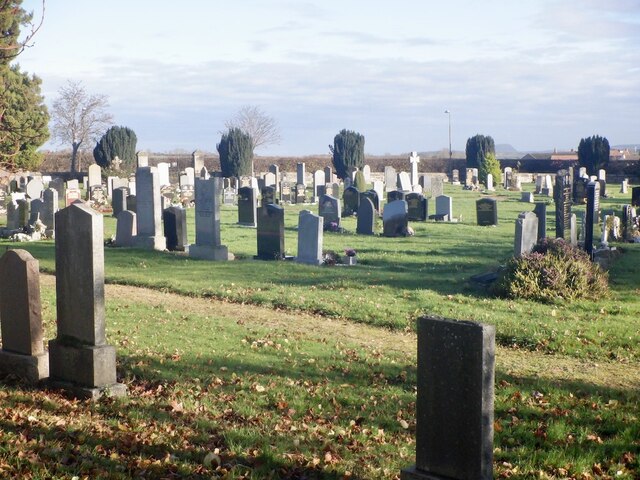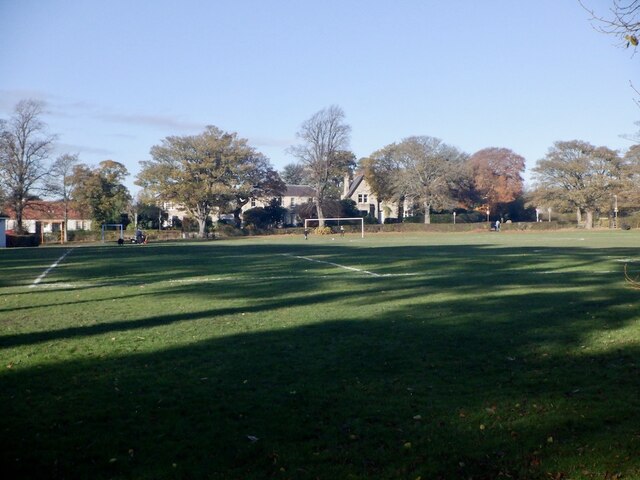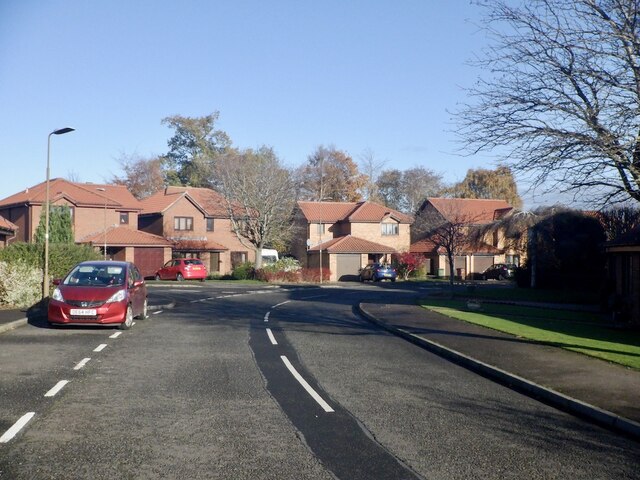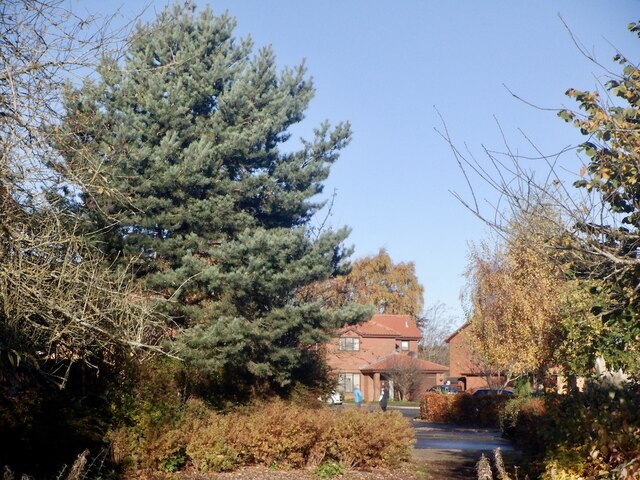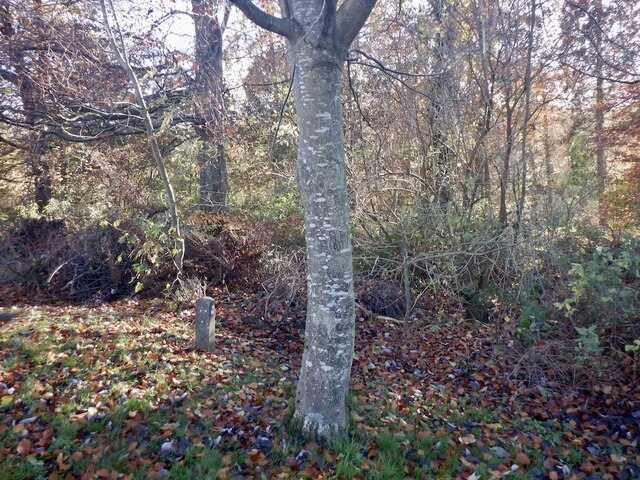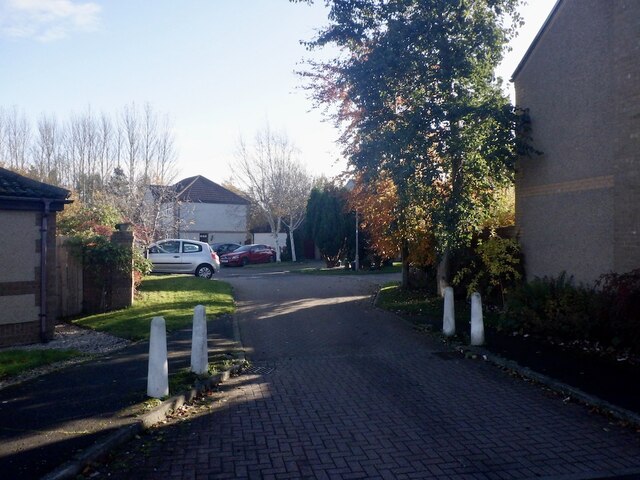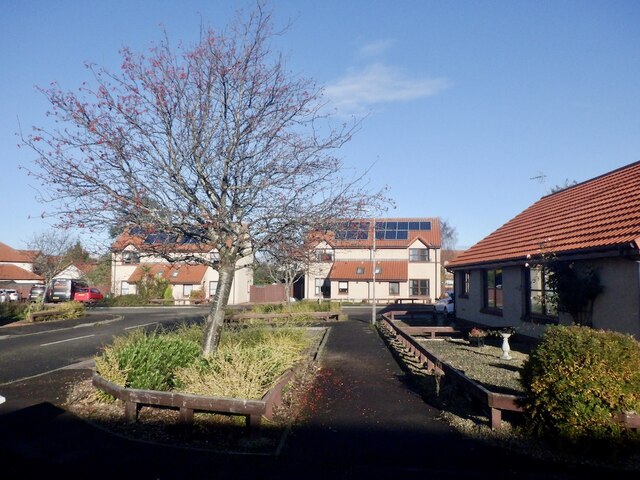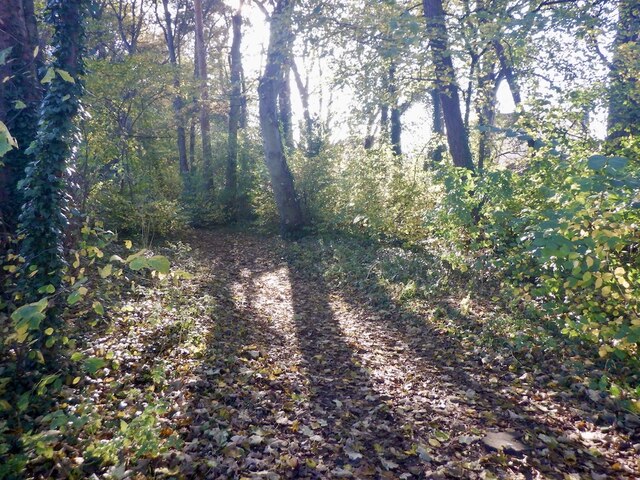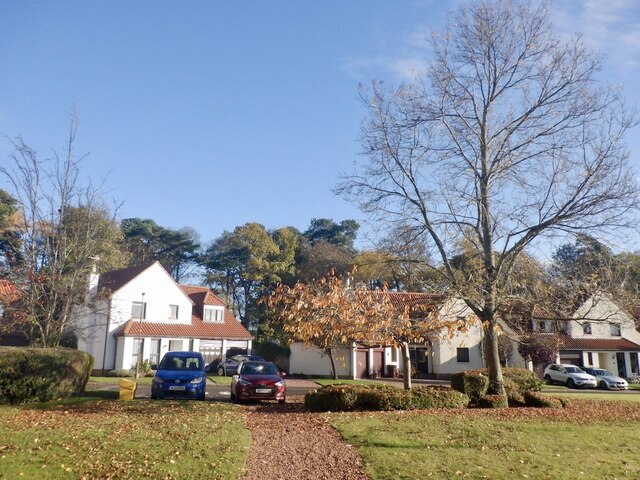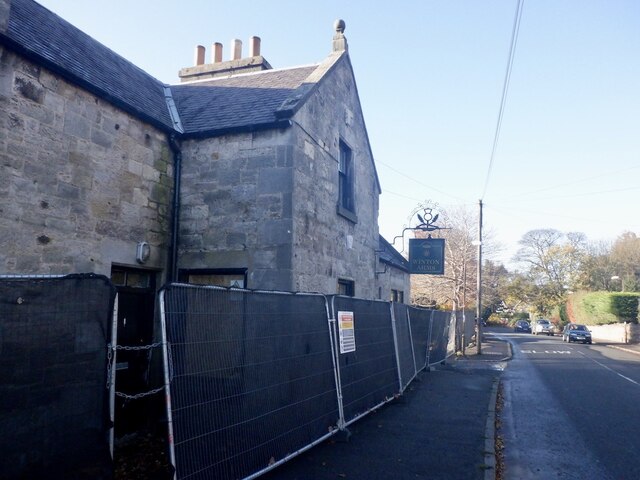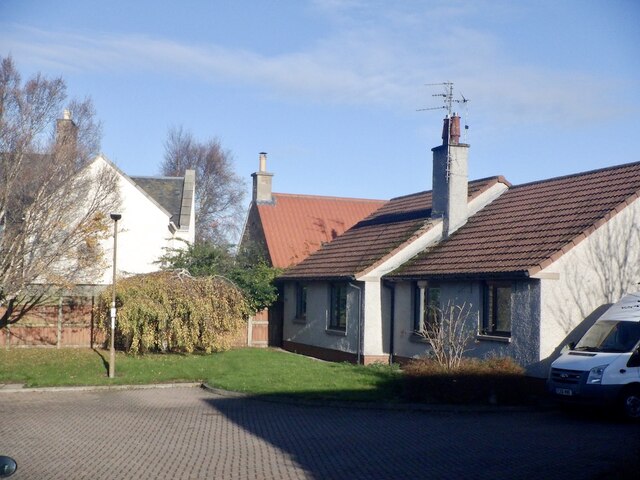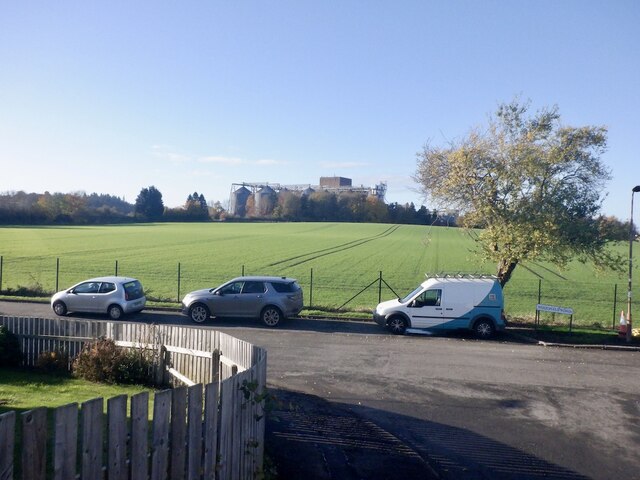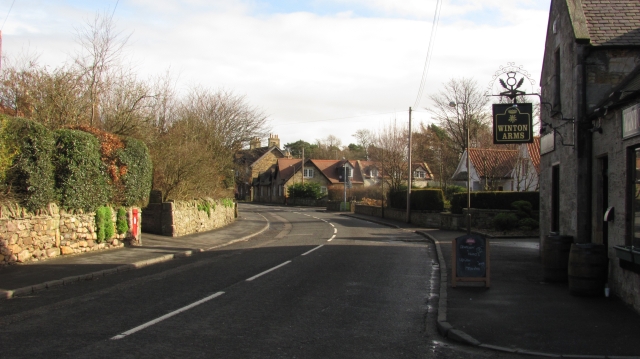Burnt Wood
Wood, Forest in East Lothian
Scotland
Burnt Wood
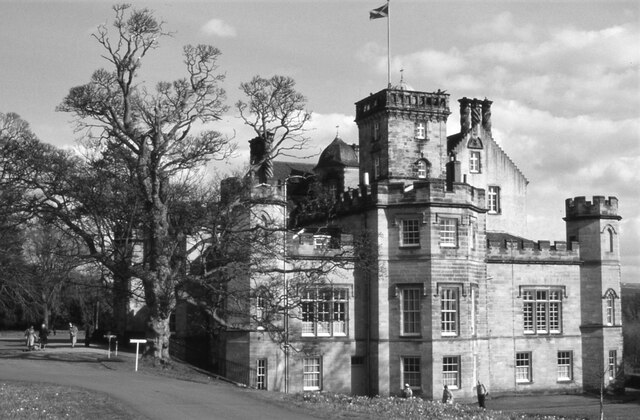
Burnt Wood is a small forest located in East Lothian, Scotland. The wood covers an area of approximately 50 acres and is situated on the outskirts of the town. It is known for its picturesque landscapes and diverse range of flora and fauna.
The forest is predominantly composed of native tree species such as oak, birch, and beech. The dense foliage provides ample shade and creates a serene atmosphere, making it a popular destination for nature enthusiasts and hikers. Visitors can enjoy walking along the well-maintained trails that wind through the wood, offering glimpses of wildflowers, mosses, and ferns that carpet the forest floor.
The wildlife in Burnt Wood is abundant and varied. Birds like woodpeckers, owls, and various species of songbirds can be spotted flitting among the trees. Squirrels, rabbits, and deer are also commonly seen, adding to the charm of the woodland experience.
The wood has historical significance as well. It is believed to have been used in the past for charcoal production, hence the name "Burnt Wood." Remnants of charcoal pits can still be found in some areas of the forest, offering a glimpse into its industrial past.
Overall, Burnt Wood offers a peaceful and tranquil escape from the hustle and bustle of everyday life. Whether it's for a leisurely stroll, birdwatching, or simply enjoying the beauty of nature, this forest is a hidden gem in East Lothian.
If you have any feedback on the listing, please let us know in the comments section below.
Burnt Wood Images
Images are sourced within 2km of 55.900568/-2.8919005 or Grid Reference NT4467. Thanks to Geograph Open Source API. All images are credited.

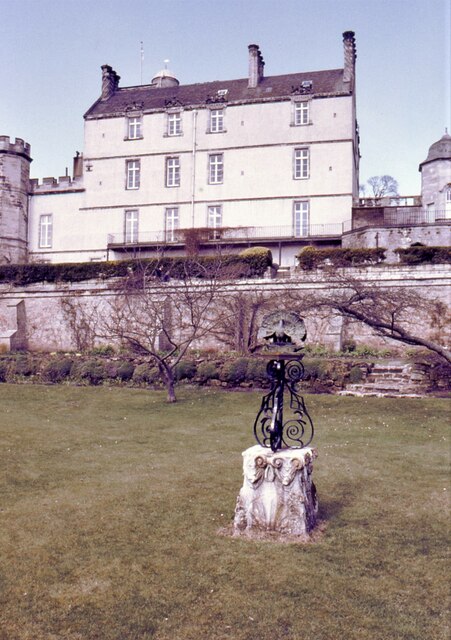
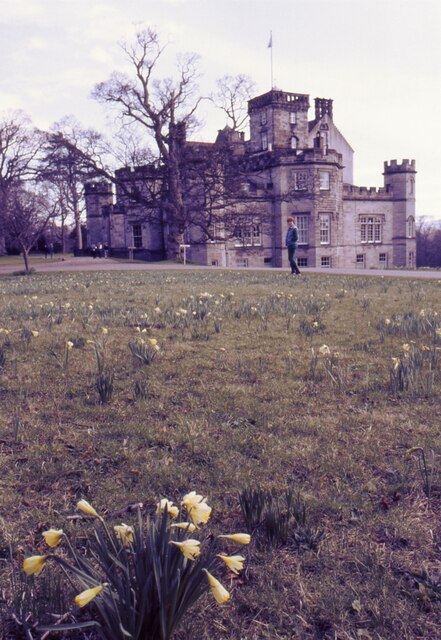
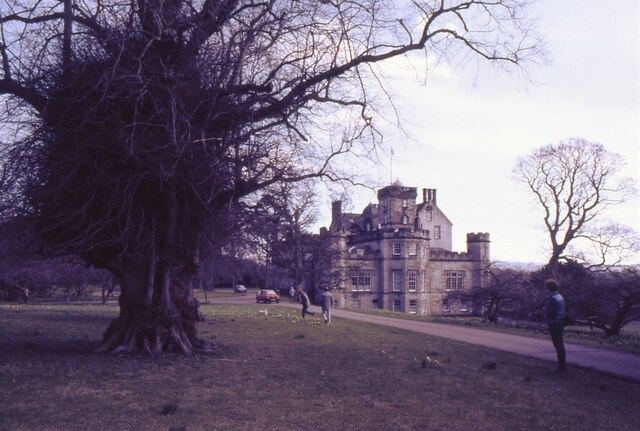
Burnt Wood is located at Grid Ref: NT4467 (Lat: 55.900568, Lng: -2.8919005)
Unitary Authority: East Lothian
Police Authority: The Lothians and Scottish Borders
What 3 Words
///notifying.clings.rots. Near Pencaitland, East Lothian
Nearby Locations
Related Wikis
Pencaitland railway station
Pencaitland railway station served the village of Pencaitland, East Lothian, Scotland, from 1901 to 1933 on the Macmerry Branch. == History == The station...
Glenkinchie distillery
Glenkinchie distillery is a Scotch single malt whisky distillery in East Lothian, Scotland. It is one of the six distilleries in the Lowland region. It...
Pencaitland
Pencaitland is a village in East Lothian, Scotland, about 12 miles (19 kilometres) south-east of Edinburgh, 5 mi (8 km) south-west of Haddington, and 1...
Saltoun railway station
Saltoun railway station served the villages of East Saltoun and West Saltoun in East Lothian, Scotland, from 1901 to 1933 on the Macmerry Branch. ��2...
Nearby Amenities
Located within 500m of 55.900568,-2.8919005Have you been to Burnt Wood?
Leave your review of Burnt Wood below (or comments, questions and feedback).
